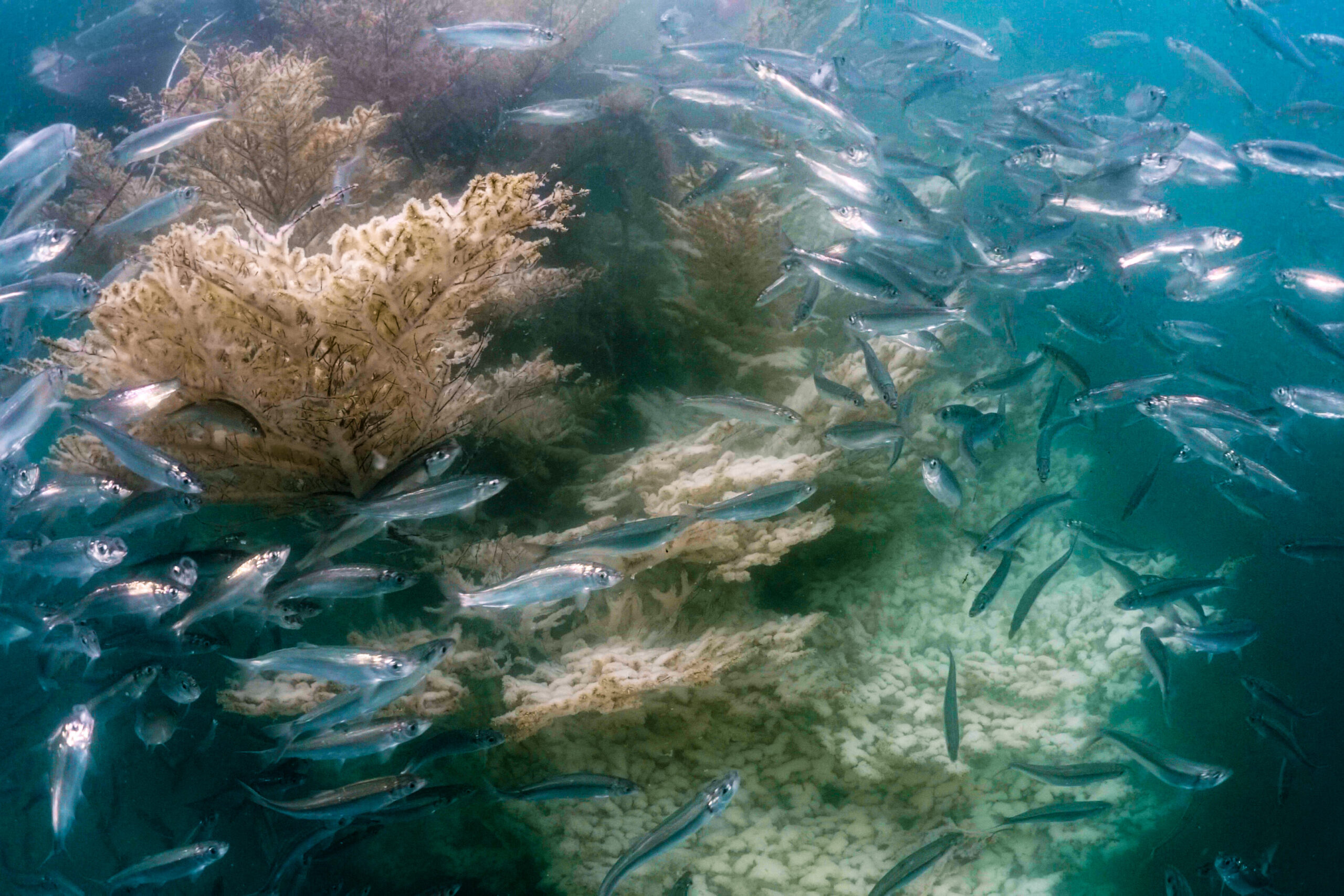In this opinion article for the Hill Times, Coastal First Nations CEO Christine Smith-Martin and Na̲nwak̲olas Council President Dallas Smith describe what is needed to ensure new models of Crown-Indigenous relations can successfully carry Indigenous communities, sustainable natural resource management, healthy ecosystems and vibrant local economies into the future.
One year ago, we stood with Prime Minister Justin Trudeau as he announced a historic commitment to support four Indigenous-led conservation initiatives: in Nunavut, the Northwest Territories, Northern Ontario and in our marine territories on British Columbia’s North Pacific Coast, also known as the Great Bear Sea.
Taking place at COP15, the announcement set an ambitious tone for the global gathering, which culminated in an agreement among 196 countries to reverse biodiversity loss. The announcement also uplifted an innovative conservation finance approach called Project Finance for Permanence (PFP), which was born in Canada more than two decades ago — in our traditional territories, as part of an initiative that wove together nature, economy and community in the Great Bear Rainforest.
Canada must now show real leadership and policy innovation to realize the full environmental and economic potential of these ambitious models. The Prime Minister’s signature commitments to reconciliation, nature, and sustainable prosperity hang in the balance.
True partnerships in policy innovation are challenging, but the payoffs are worth it. The Great Bear Rainforest Agreements advanced large-scale conservation and transformed forest management, shifting away from industrial extraction to place the health of ecosystems and communities at the heart of forest management. The results speak for themselves: We protected vast tracts of coastal temperate rainforest and, at the same time, created 1,250 jobs, launched more than 120 new businesses, supported hundreds of community and cultural programs, driving expansion and diversification of the regional economy.
First Nations have now taken the same innovative approach into the ocean. We have worked for over a decade with Federal and Provincial governments to develop Canada’s first bioregional marine spatial plans and science-based marine conservation plans, for one of the richest and most productive cold-water marine ecosystems on Earth.
Designed by First Nations in partnership with both levels of government, and in consultation with stakeholders — including the fishing, tourism, aquaculture and shipping sectors — the marine protected area network at the heart of the Great Bear Sea PFP is poised to become the world’s largest and most ecologically robust Indigenous-led marine-protected-area network. It can be a major stride in Canada’s commitment to protect 25 percent of lands and waters by 2025, and 30 percent by 2030.
The Great Bear Sea PFP will also help ensure healthy fisheries today and for future generations, while bringing economic benefits to the wider region. Marine protected areas are proven and effective superchargers for reversing declines in fish stocks and rebuilding fisheries across the region. With investors poised to contribute more than $275 million into First Nations stewardship and community development, the Great Bear Sea PFP will create 3,000-plus new, permanent jobs and hundreds of businesses, increase household incomes, improve food security and boost the regional economy.
First Nations of the Great Bear region understand that the health, vitality and prosperity of all coastal communities is inseparable from the ecosystems that nourish us, fortify our language and culture, and ensure sustainable livelihoods for our communities.
One year ago, Prime Minister Trudeau’s announcement set a high bar. By committing to the PFP model, he embraced a level of ambition that will change the trajectory of conservation in Canada. These are the models that Canada — and the world — needs now. Canada needs to step up to deliver them.
We know that taking up this challenge is worth it: Already, we are seeing how implementing the Great Bear Sea PFP is challenging governments to find new and more equitable ways of managing diverse interests and resources, and of upholding the United Nations Declaration on the Rights of Indigenous Peoples. The policy innovations and lessons that come from the Great Bear Sea can inform new models of co-governance and collaborative resource management, which can sustain the ways of life of all communities — both Indigenous and non-Indigenous — in regions across Canada for generations to come.
Sustained leadership, and a spirit of innovation and partnership today, can help forge the models of Crown-Indigenous relations that can carry Indigenous communities, sustainable natural resource management, healthy ecosystems, and vibrant local economies into the future.
Christine Smith-Martin is a member of the Haida Nation and Lax Kw’alaams communities. She serves as the CEO of Coastal First Nations-Great Bear Initiative.
Dallas Smith has roots from all four corners of the Kwak̓wala speaking peoples. He is the founder and President of Na̲nwak̲olas Council, which represents six First Nations on North Vancouver Island and the mainland coast of British Columbia.
Featured image: KXSA/Moonfish Media

